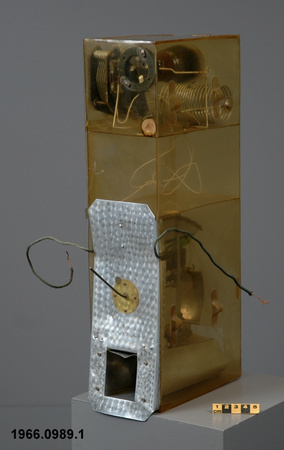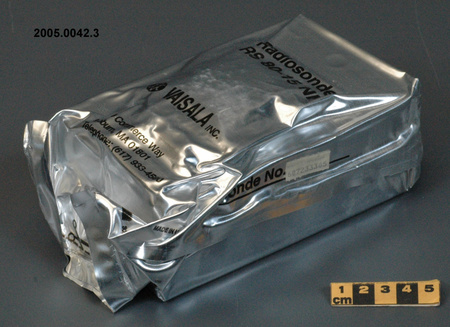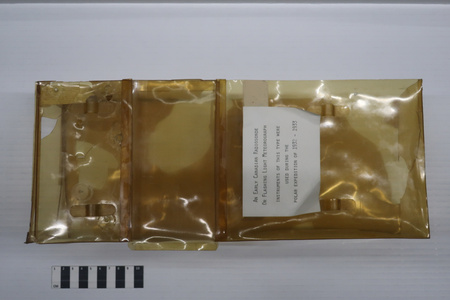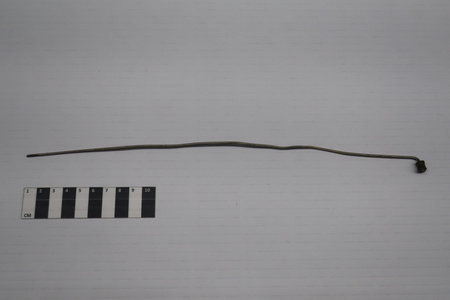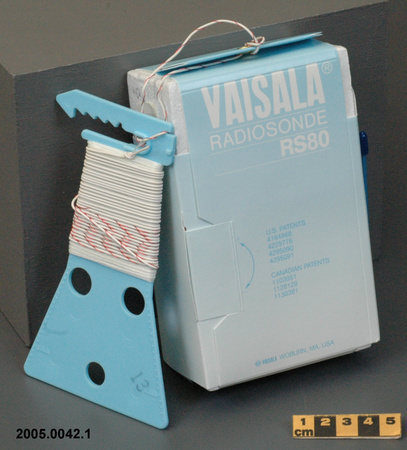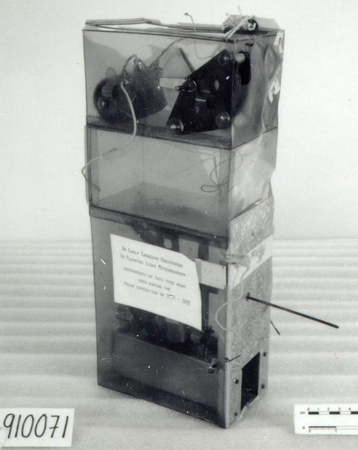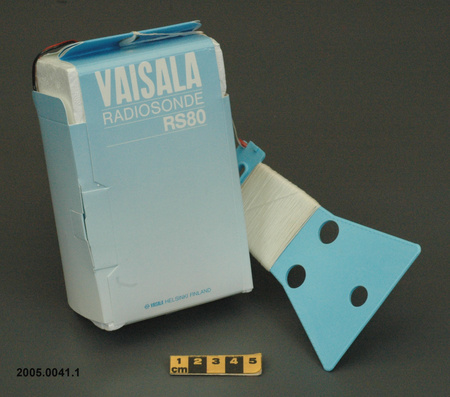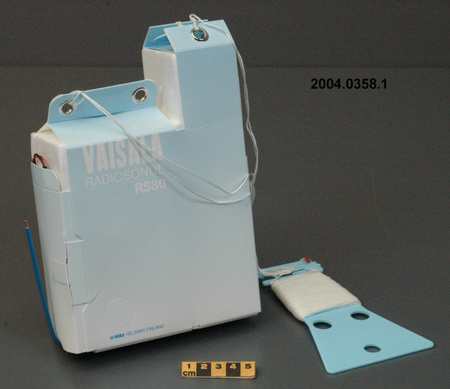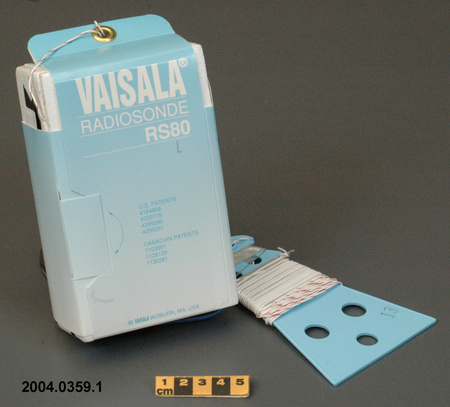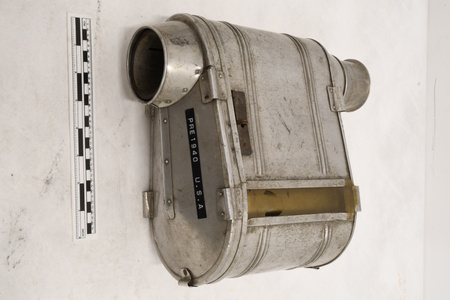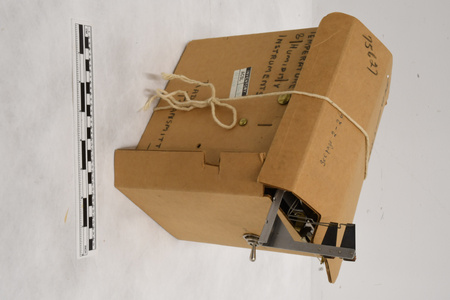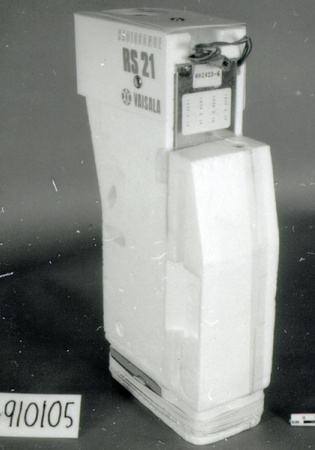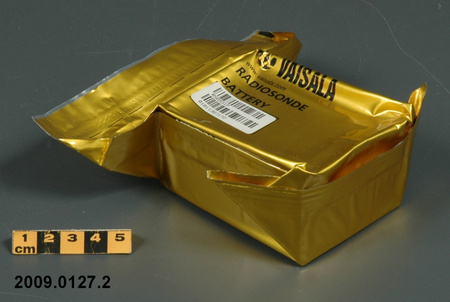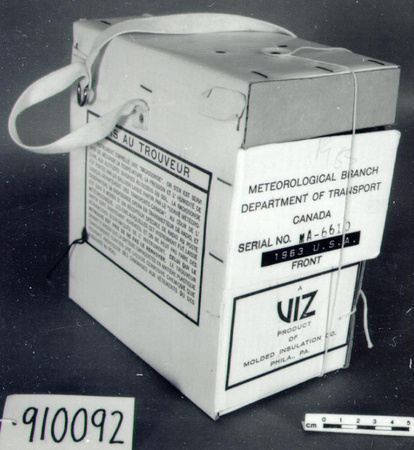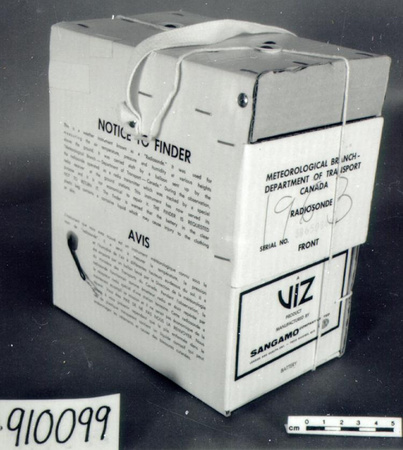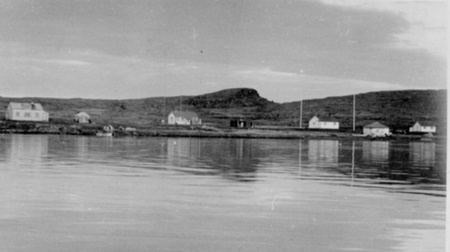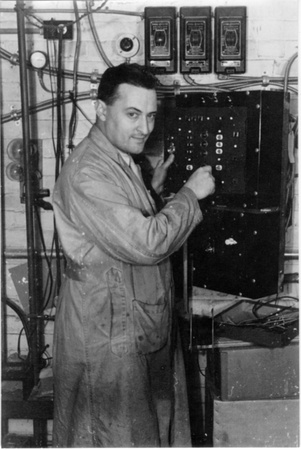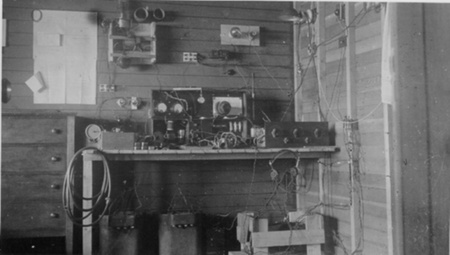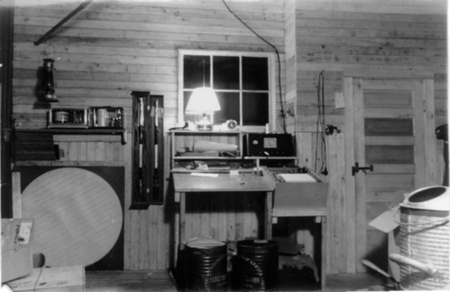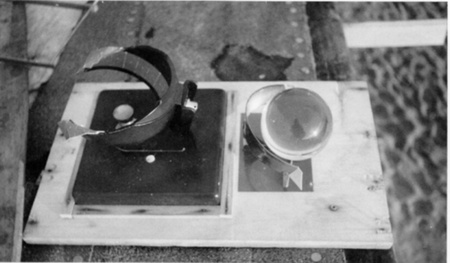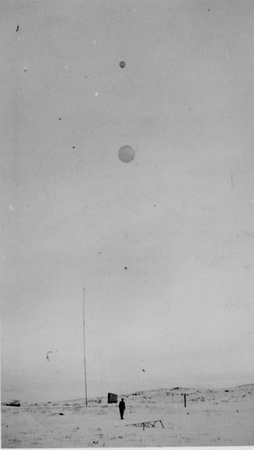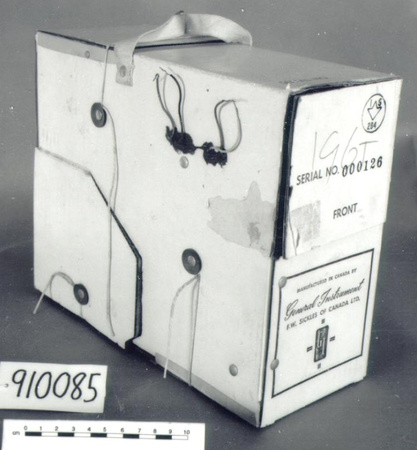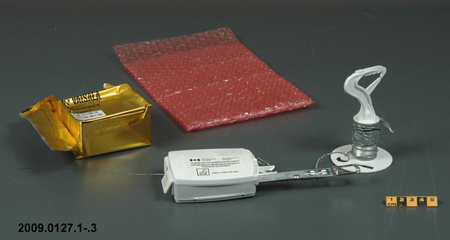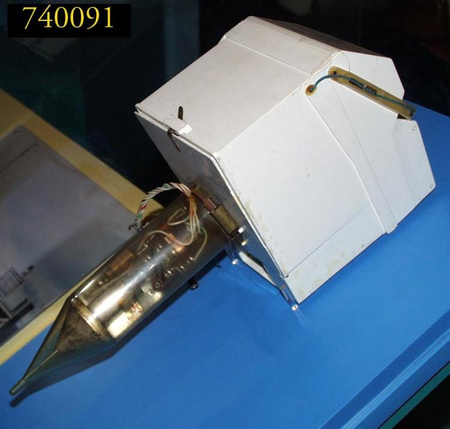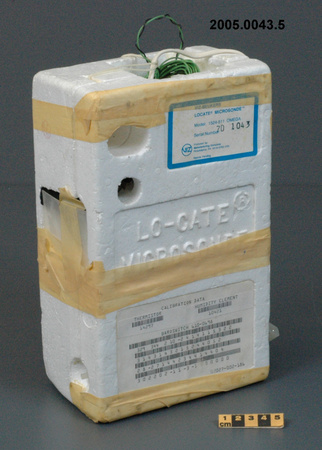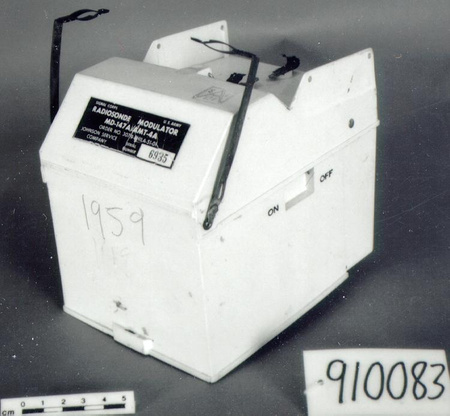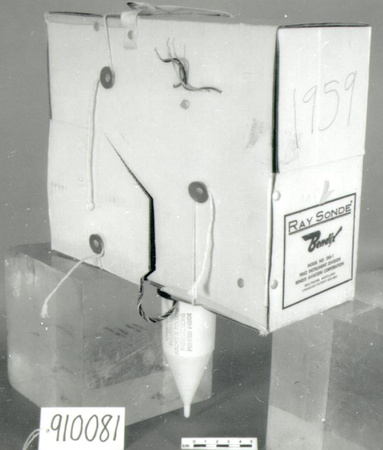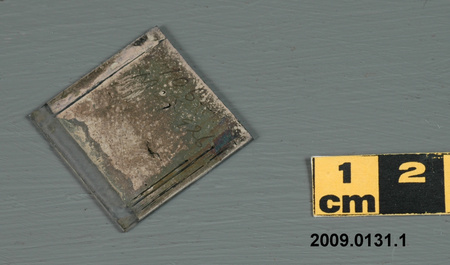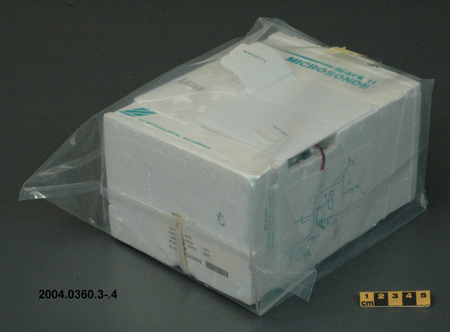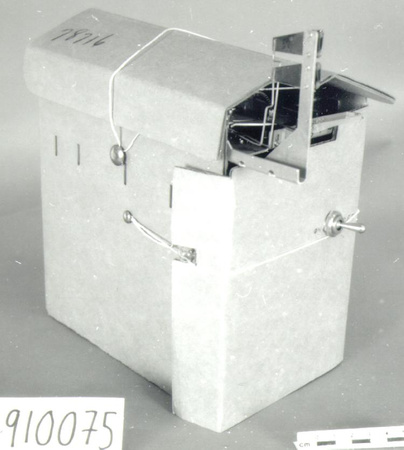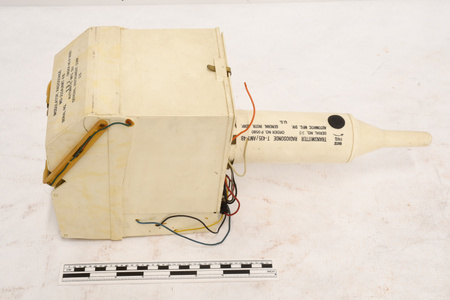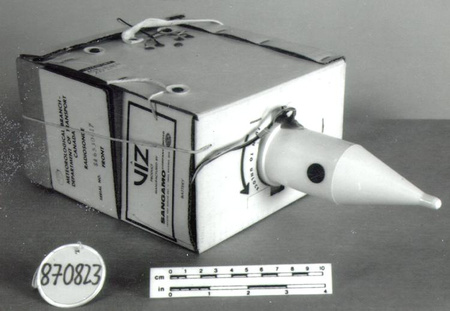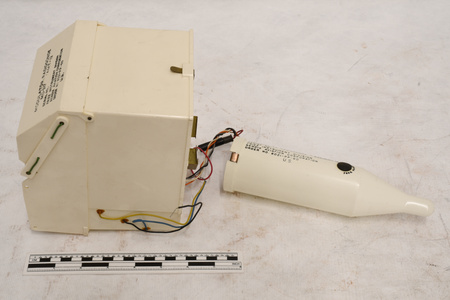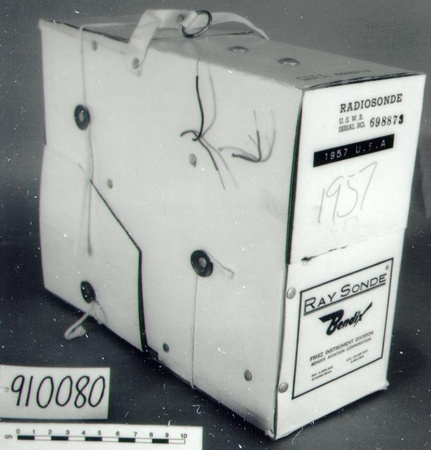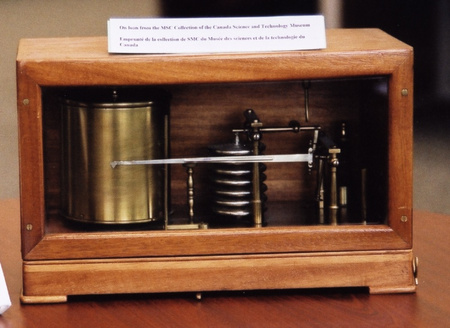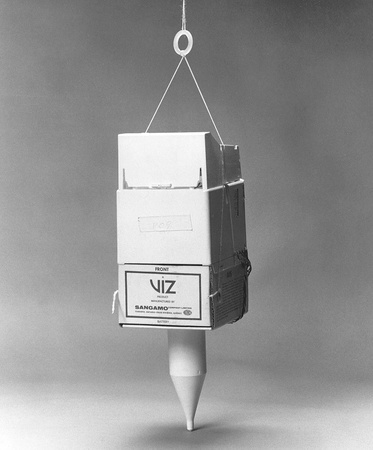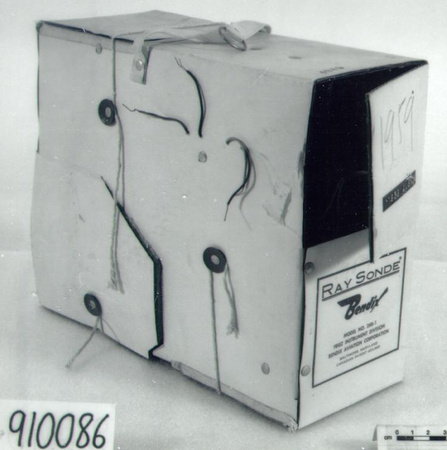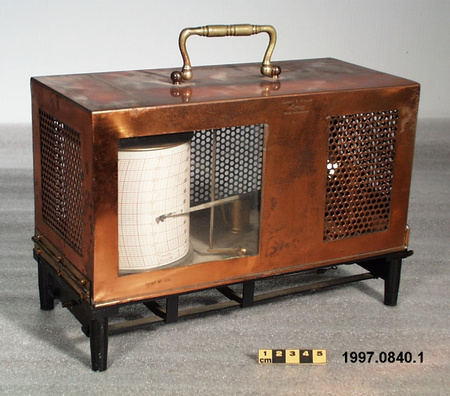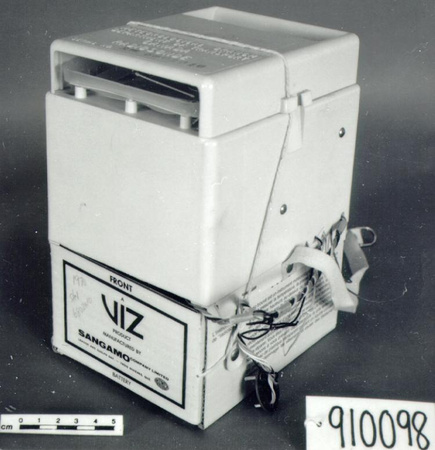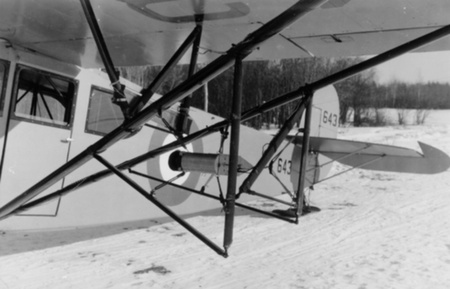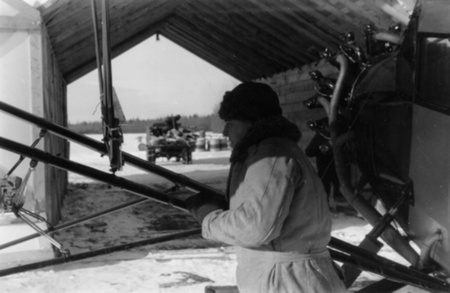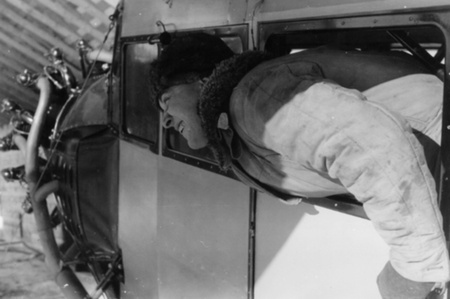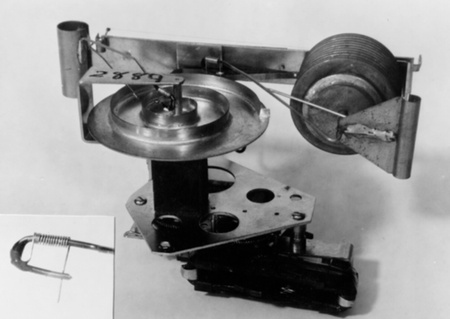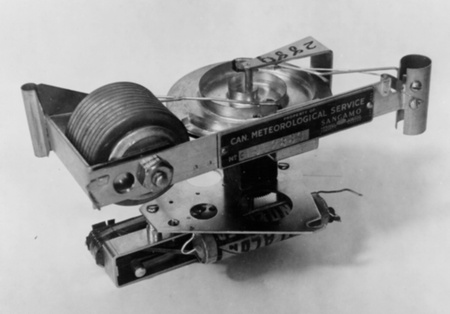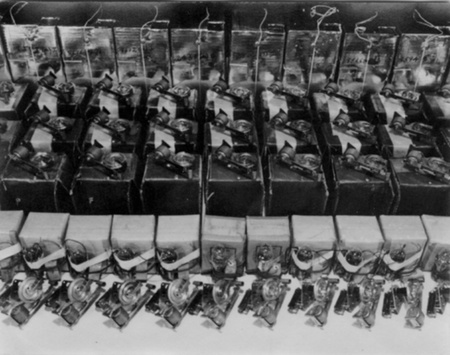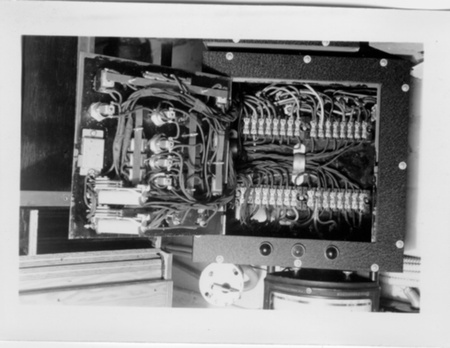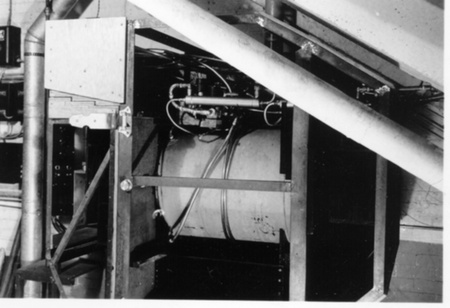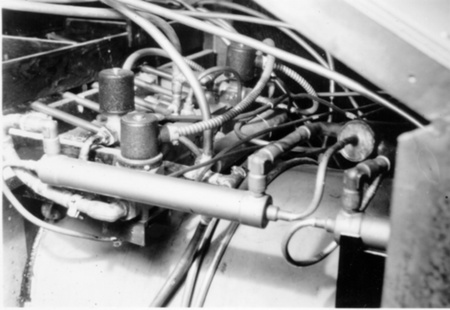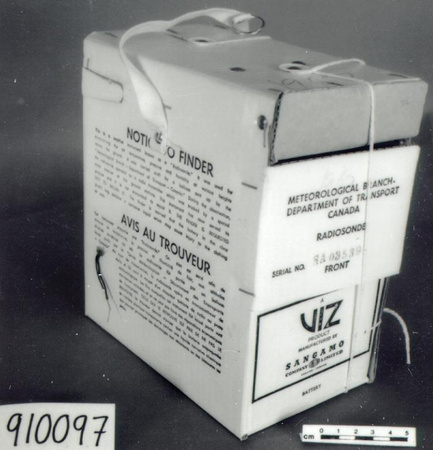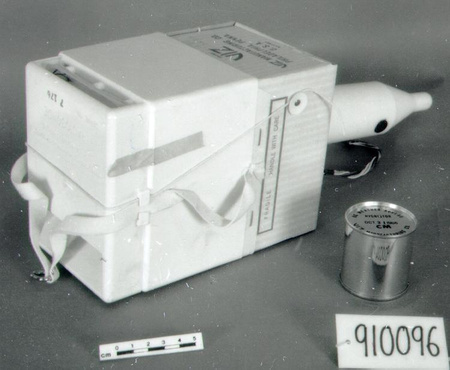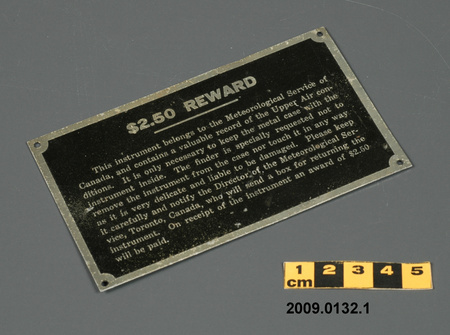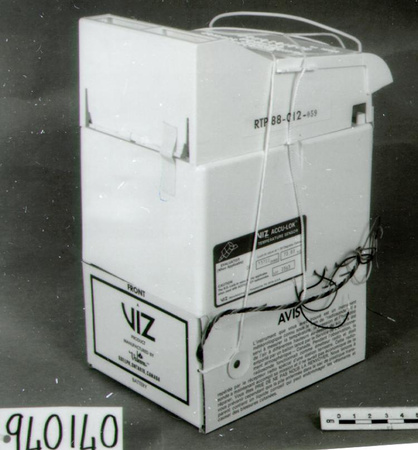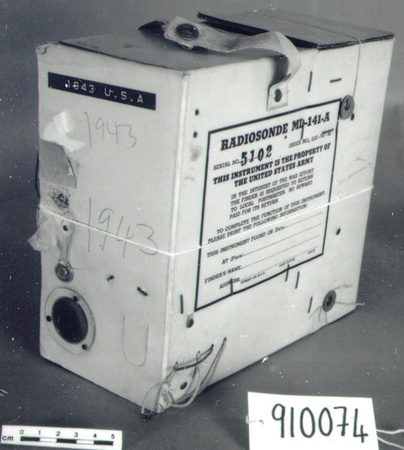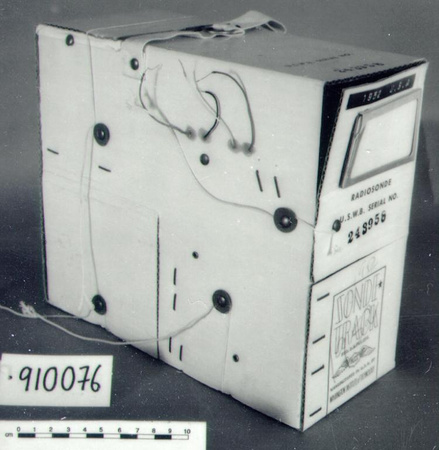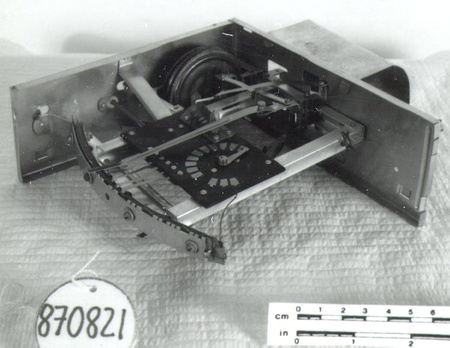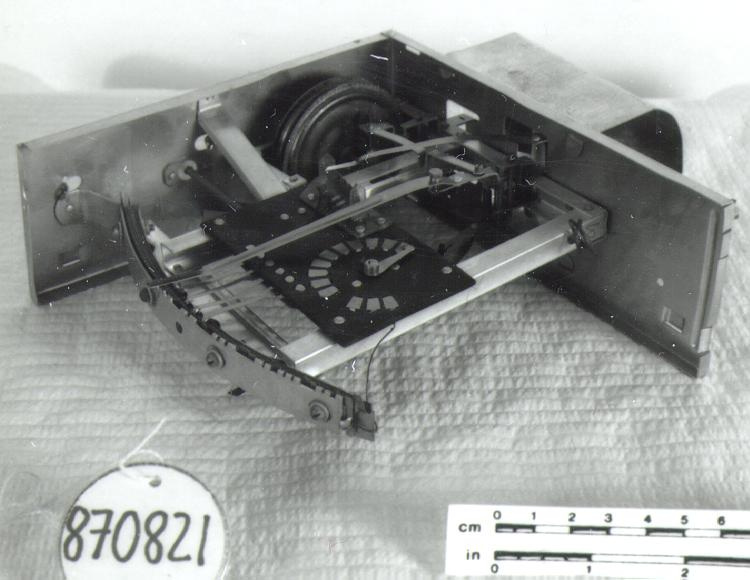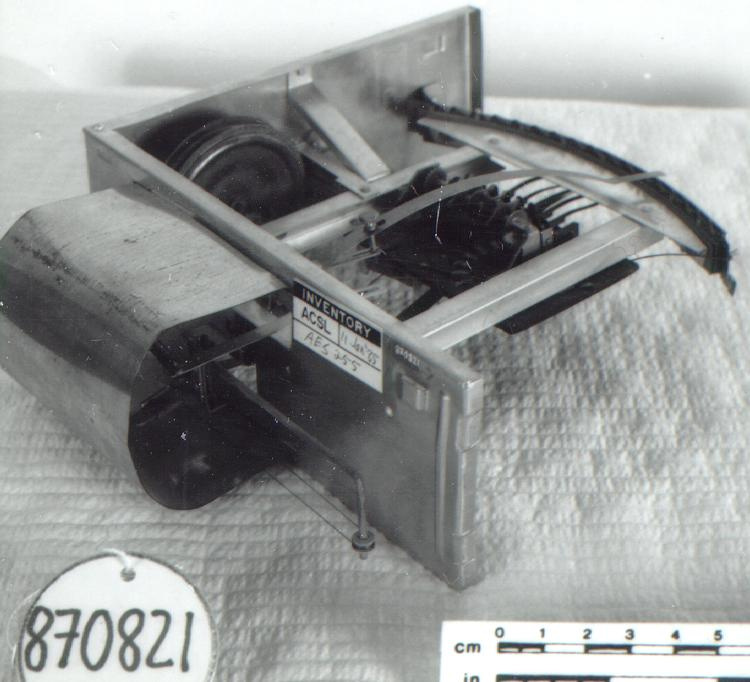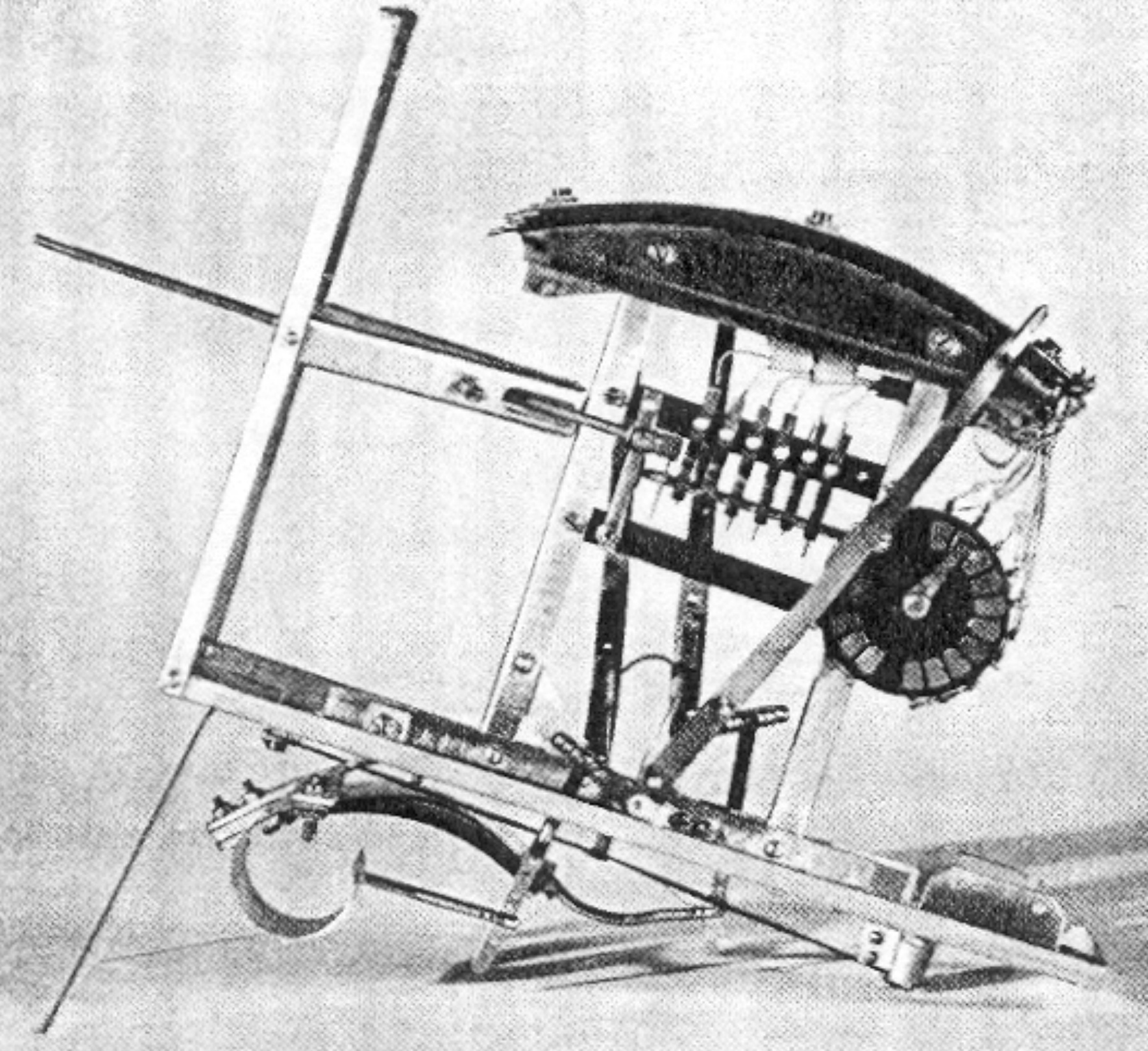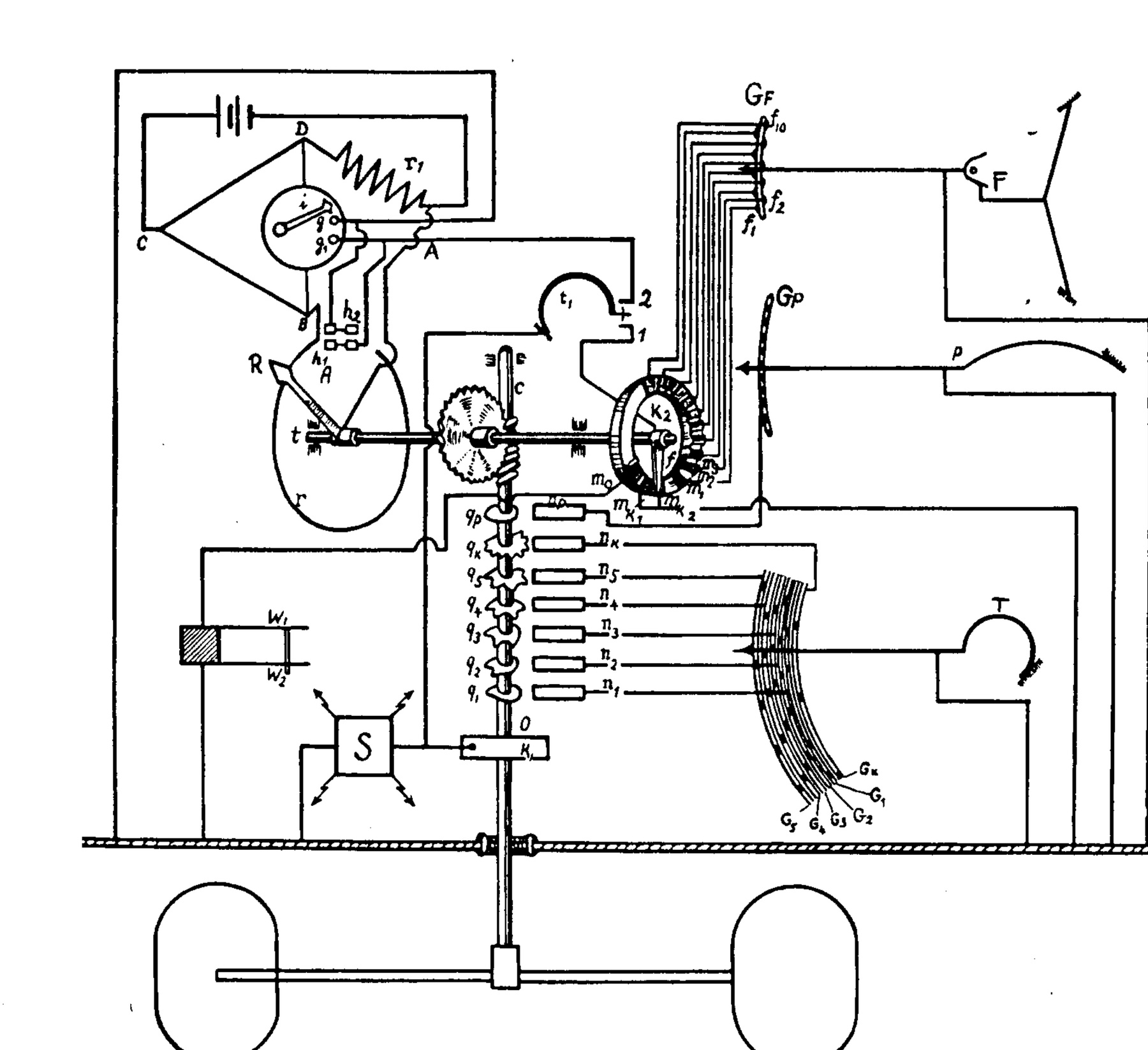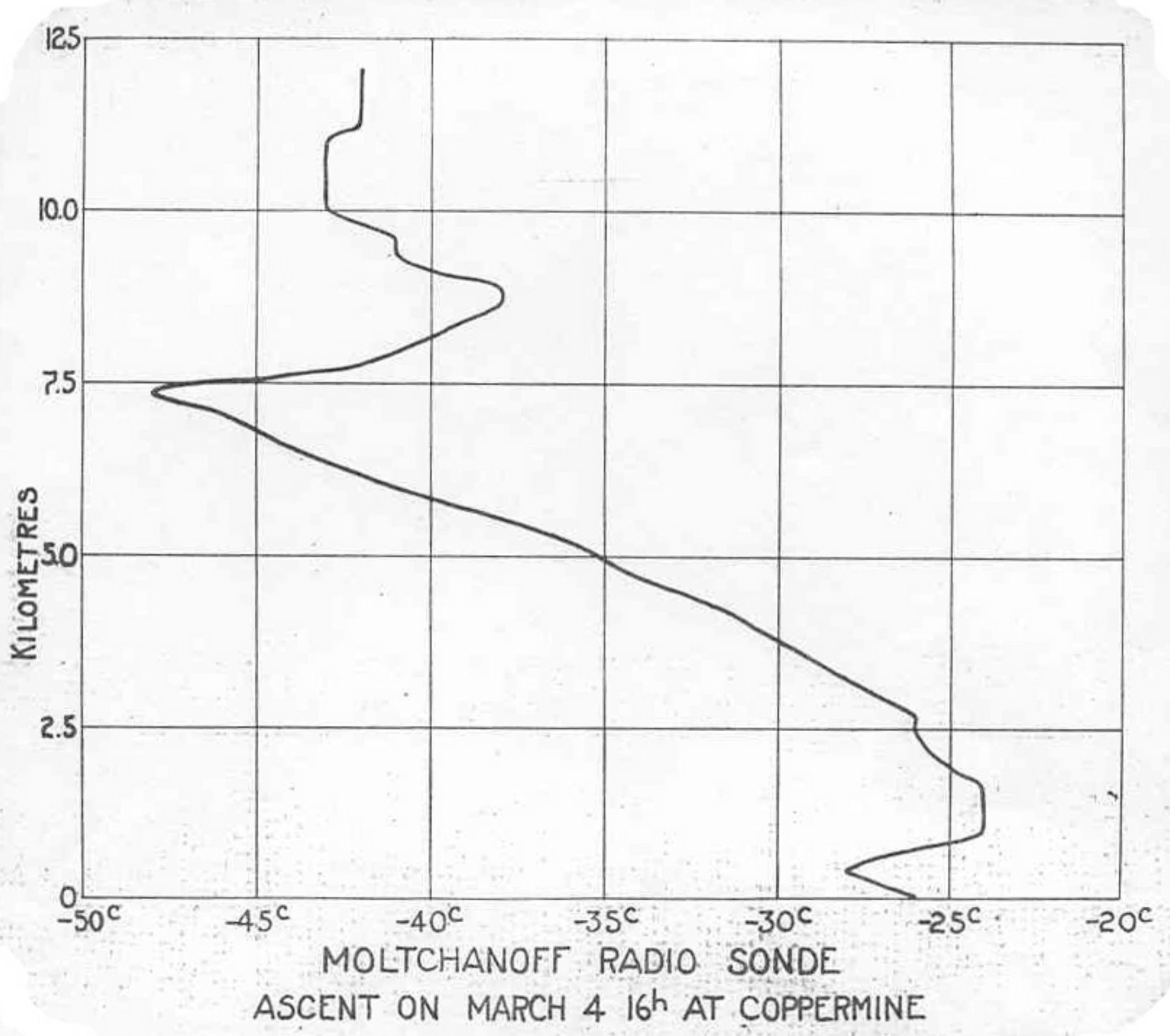Radiosonde
Utiliser cette image
Puis-je réutiliser cette image sans autorisation? Oui
Les images sur le portail de la collection d’Ingenium ont la licence Creative Commons suivante :
Copyright Ingenium / CC BY-NC-ND (Attribution-NonCommercial 4.0 International (CC BY-NC 4.0)
ATTRIBUER CETTE IMAGE
Ingenium,
1987.0821.001
Permalien:
Ingenium diffuse cette image sous le cadre de licence Creative Commons et encourage son téléchargement et sa réutilisation à des fins non commerciales. Veuillez mentionner Ingenium et citer le numéro de l’artefact.
TÉLÉCHARGER L’IMAGEACHETER CETTE IMAGE
Cette image peut être utilisée gratuitement pour des fins non commerciales.
Pour un usage commercial, veuillez consulter nos frais de reproduction et communiquer avec nous pour acheter l’image.
- TYPE D’OBJET
- Moltchanoff codesonde/electrical
- DATE
- 1932
- NUMÉRO DE L’ARTEFACT
- 1987.0821.001
- FABRICANT
- Inconnu
- MODÈLE
- Moltchanoff
- EMPLACEMENT
- Inconnu
Plus d’information
Renseignements généraux
- Nº de série
- 1957R
- Nº de partie
- 1
- Nombre total de parties
- 1
- Ou
- S/O
- Brevets
- S/O
- Description générale
- METAL CHASSIS AND PARTS/ SYNTHETIC PARTS
Dimensions
Remarque : Cette information reflète la taille générale pour l’entreposage et ne représente pas nécessairement les véritables dimensions de l’objet.
- Longueur
- 21,7 cm
- Largeur
- 20,6 cm
- Hauteur
- 6,7 cm
- Épaisseur
- S/O
- Poids
- S/O
- Diamètre
- S/O
- Volume
- S/O
Lexique
- Groupe
- Météorologie
- Catégorie
- Mesure de pression, température et humidité de la haute atmosphère
- Sous-catégorie
- S/O
Fabricant
- Ou
- Inconnu
- Pays
- Inconnu
- État/province
- Inconnu
- Ville
- Inconnu
Contexte
- Pays
- Canada
- État/province
- Territoires du Nord-Ouest
- Période
- 1932-1933
- Canada
-
An instrument used at one of Canada's Four International Polar Year stations. The IPY was organized by an International Meteorological Conference of Directors in 1929 to commemorate the 50th anniversary of the Polar Year of 1882-83. The objective was to establish as many stations as possible in polar regions where intensive observations of meteorological, magnetic, auroral, and other phenomena could be undertaken from Aug. 1 1932 to Aug. 31 1933 (Ref. 5). Moltchanoff coded radiosondes were used at Coppermine, NWT, during the 1932-33 second polar year. Twelve Moltchanoff and three Duckert radiosondes were given to the Meteorological Service of Canada for these expeditions by the International Polar Commission, having been donated by the Rockeffler Foundation (Ref 3). - Fonction
-
A device raised by balloon into the upper atmosphere to read temperature, humidity, and air pressure and transmit the data to earth. - Technique
-
A Moltchanoff coded radiosonde, Russian, 1932, the earliest radiosonde in the CSTM collection and one of the earliest in the world. While Bureau and Irac of France are given credit for first reporting in 1929 their results with the first radiosonde ascents there were other experimenters active during that period including Pazel A. Moltchanoff of Russia whose results were reported in 1931. The Moltchanoff radiosonde used mechanical sensors: aneroid for pressure, bimetal for temperature and hair for humidity. The pointers from each of these sensors moved over their individual commutators called combs. A cupwheel under the radiosonde turned a set of cams which switched in these commutators thus switching through the different sensor values. A one tube transmitter broadcast these results using morse code. E, I, S, H were transmitted for lowering temperature and the reverse for rising temperatures. T, N, D, B were transmitted for lowering pressures. There has always been a dispute as to whether the French Bureau or the Russian Moltchanoff sent up the first radiosonde. Bureau definitely sent up the first transmitter into the stratosphere but it did not have sensors. The Russian sent up his first radiosonde on 30 january 1930. Bureau did not publish anywhere near as much as Moltchanoff at that time. One of these radiosondes landed in Finland in the summer of 1930. A professor by the name of Vilho Vaisala examined the instrument and knew he could make a better one, both lighter and cheaper. That was the start of the Vaisala instrument company of today (Global Innovator 2006) (Refs. 3-4). - Notes sur la région
-
Inconnu
Détails
- Marques
- Casing stamped 'No 1957r' & 'UWJ'.
- Manque
- RADIO TRANSMITTER From CA of 10/20/1993 by Tony Missio: Yes - missing casing, transmitter
- Fini
- PLATED METAL/ BRONZE COLOURED ANEROID/ BROWN SYNTHETIC
- Décoration
- S/O
FAIRE RÉFÉRENCE À CET OBJET
Si vous souhaitez publier de l’information sur cet objet de collection, veuillez indiquer ce qui suit :
Fabricant inconnu, Radiosonde, vers 1932, Numéro de l'artefact 1987.0821, Ingenium - Musées des sciences et de l'innovation du Canada, http://collection.ingenium.ca/fr/id/1987.0821.001/
RÉTROACTION
Envoyer une question ou un commentaire sur cet artefact.
Plus comme ceci
